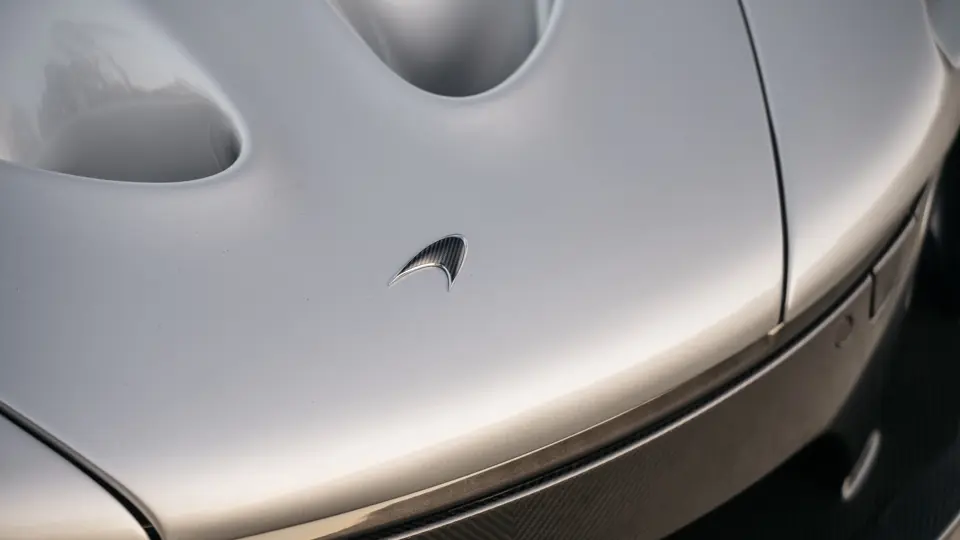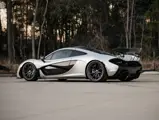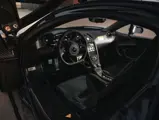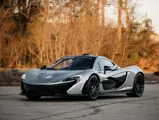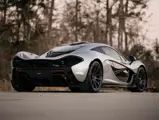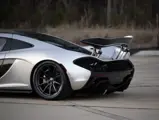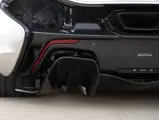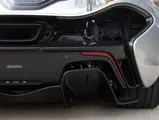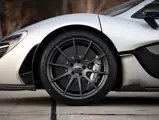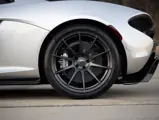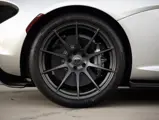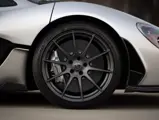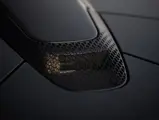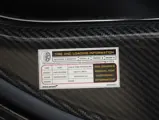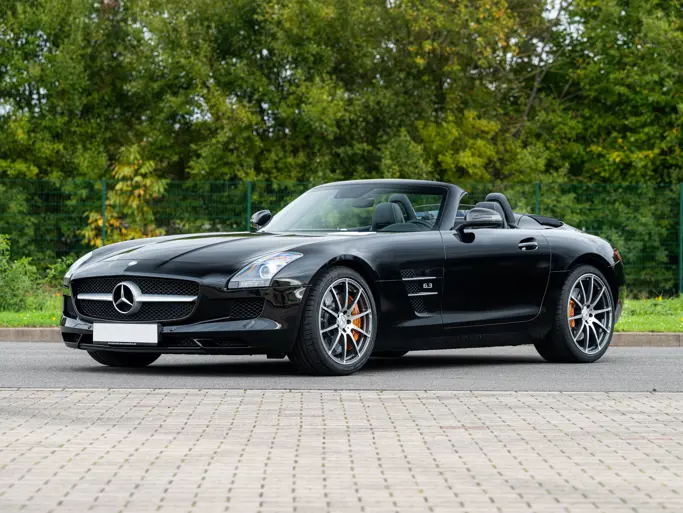
2015 McLaren P1
{{lr.item.text}}
$1,900,000 - $2,100,000 USD | Not Sold
{{bidding.lot.reserveStatusFormatted}}
- A technological tour de force, featuring extreme engineering wrapped in sculptural composite bodywork
- Number 117 of only 350 built
- Just 19 miles at the time of cataloguing
- Stunningly finished in silver with exposed carbon fiber accents over a black interior
- Groundbreaking construction, Formula One-style aerodynamics, and pioneering, 893-hp hybrid powertrain
- Accompanied by owner’s manuals, charger, and McLaren P1 book in presentation box
- As-delivered presentation; perhaps the lowest-mileage McLaren P1 available for acquisition
It is amazing to think that just over a decade ago, the sun was rising on a new era of hypercars. The automotive industry was quickly moving into the future, and with that came electrification and hybrid powertrains to not only improve efficiency but also push the envelope of performance. Leading the charge were McLaren, Ferrari, and Porsche, each with a slightly different take on how best to extract the greatest performance from the marriage of combustion engine and electric motor. The result was three of the most spectacular hypercars of the modern era: the P1, LaFerrari, and 918 Spyder.
Not only were these three cars important performance benchmarks for their respective manufacturers, but they would also serve as testbeds for cutting-edge technologies which were to eventually trickle down to their higher-production offerings.
For McLaren, the P1 was a watershed moment in the history of the company. Having just returned to road-car production with their spectacular MP4-12C sports car, McLaren was poised to produce a “new F1”—a car that would proudly reaffirm the company’s place in the upper echelon of ultra-exclusive, high-performance marques. Staying true to its roots, McLaren sought to keep weight to an absolute minimum, which resulted in the development of a carbon monocoque chassis that tipped the scales at only 200 pounds. The P1’s external bodywork and major cabin structures are made from an impressive, lightweight assemblage of carbon fiber panels.
The unique carbon-ceramic disc brakes, developed in conjunction with Akebono, are infused with silicon-carbide to help dissipate heat and are capable of absorbing 50 percent more energy than those on the MP4-12C. Adding to the effectiveness of the brakes, the McLaren P1 utilizes Brake Steer, a technology originally developed by McLaren for the 1997 Formula One season before it was banned. This system applies the brakes to the car’s inside-rear wheel when cornering above a certain threshold, which brings the P1’s nose closer to the apex.
While the combustion engine superficially appears nearly identical to that seen in the earlier MP4-12C, there is in fact nothing further from the truth. The block is a completely different unit from an entirely new casting and boasts dry-sump lubrication with a low-sited flat-plane crankshaft. The mid-mounted 3.8-liter twin-turbo V-8 itself produces 717 horsepower at 7,300 rpm and 531 pound-feet of torque at 4,000 rpm.
In most hybrids, the electric motor is intended to provide an alternate source of power for greater fuel efficiency. However, the McLaren P1 is certainly not “most hybrids.” The electric motor in the P1 serves to “torque-fill,” supplementing the normal gaps where the conventional engine would fail to produce peak performance—such as during gearshifts or at low rpms while the turbochargers are spooling up—to always provide the driver with maximum power. The electric motor produces 176 horsepower, bringing total output to an incredible 893 horsepower and combined maximum torque of 664 pound-feet.
The P1 also benefits from an intentional focus on providing exceptional aerodynamic efficiency, which was achieved via adjustable front and rear spoilers that offer as much as 1,300 pounds of downforce at speeds well below the P1’s peak. But it is the P1’s hybrid powertrain that really defines the model, and which lies at the heart of its magnificent performance potential.
McLaren unveiled the P1 in March 2013, and all 375 customer slots were filled within eight months. Rarer than the LaFerrari and 918 Spyder, each P1 is uniquely specified with an unbounded volume of special equipment available from McLaren Special Operations. The lion’s share of P1s—approximately 128 cars—were reportedly delivered new to the United States.
This stunning example, P1 number 117, left the factory in Woking, England finished with a Supernova Silver exterior over a Carbon Black Alcantara interior with Stone Gray contrast stitching. Gloss Carbon Fiber composes the front bumper, rear bumper, side panels, and mirrors. Both the roof snorkel and lower rear wing are finished in “Visual” Carbon Fiber. These elements, along with the paint color, complete a competition-inspired form reminiscent of McLaren’s Formula One machines of the late 1990s and early 2000s. In addition, a Meridian surround sound system provides occupants the opportunity to drown out the wailing V-8 engine with high-quality audio.
Quite possibly one of the lowest-mileage P1s on the planet, just 19 miles appear on the odometer at the time of cataloging. As a result of such limited use, the car presents in as-new condition. A service was performed by McLaren Houston in 2024 which included replacing the oil filter, HVAC cabin filter, hood latch, front left suspension actuator, left rear accumulator, and all four roll accumulators. This P1 will be accompanied by its battery charger, owner’s books, first aid kit and safety triangle.
The McLaren P1 is poised to become a future classic; rarer than both of its contemporary rivals, the LaFerrari and Porsche 918, it will remain a high point in McLaren’s storied history. It is a vehicle that combines the very best technology, developed and pioneered by McLaren in Formula One, used to craft one of the most exciting, dynamic, and technologically advanced cars on the ever built. The sale of P1 number 117 is a rare opportunity to procure one of the lowest-mileage examples extant.
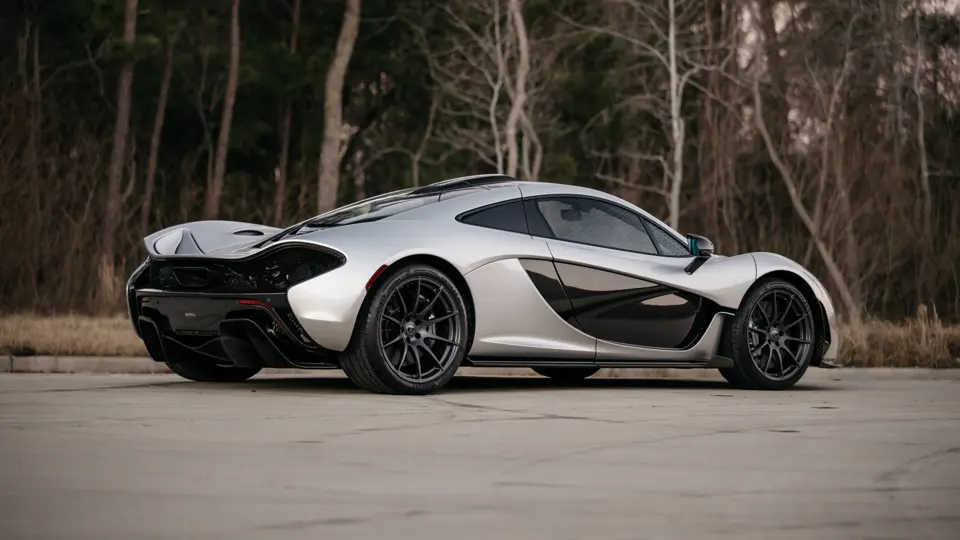



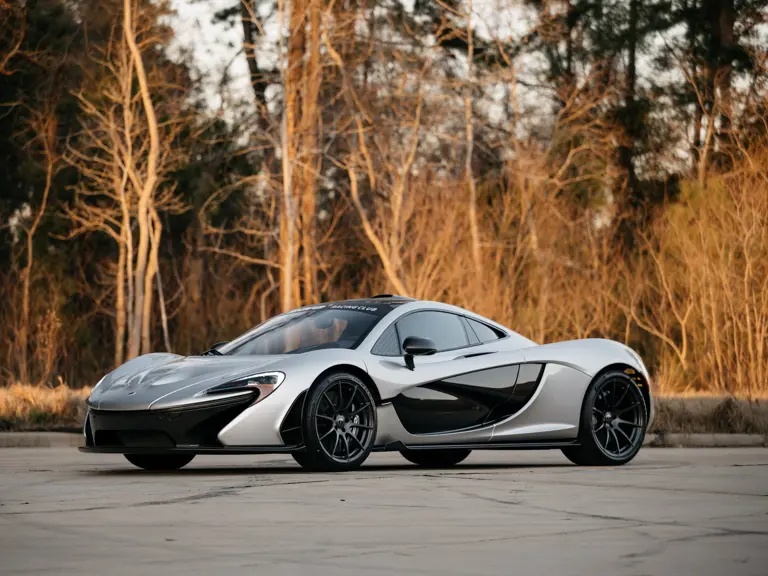

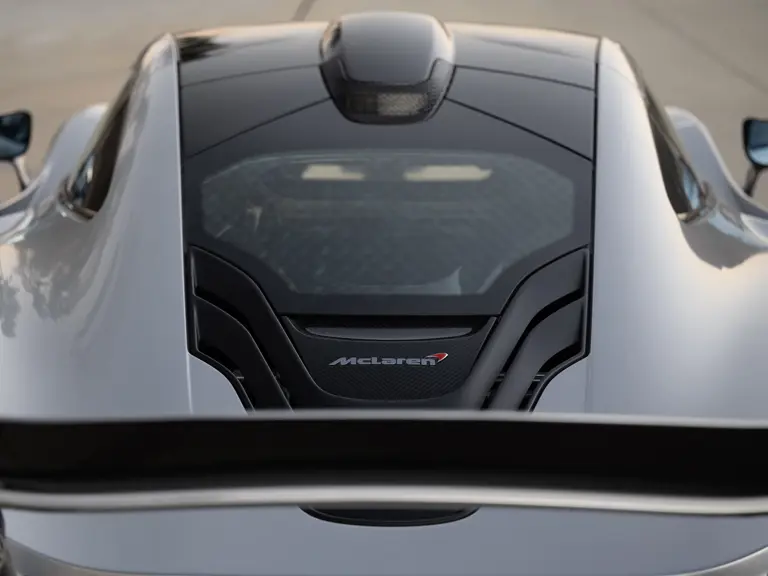
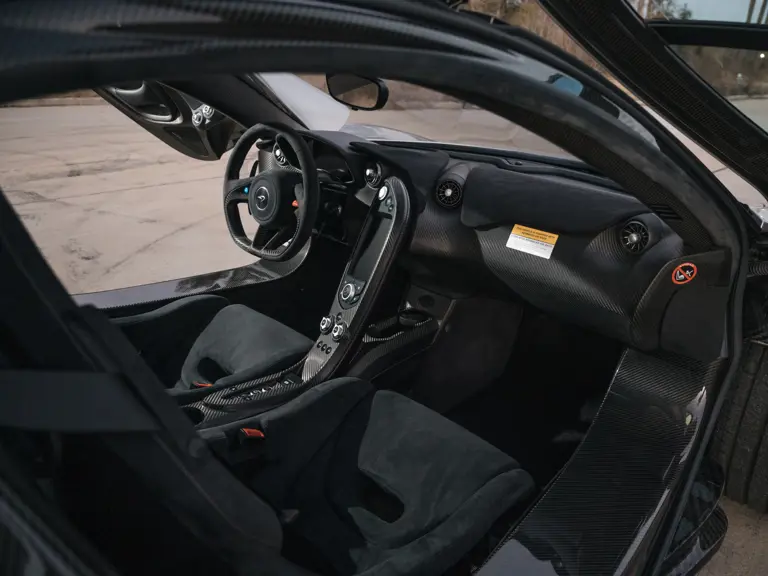
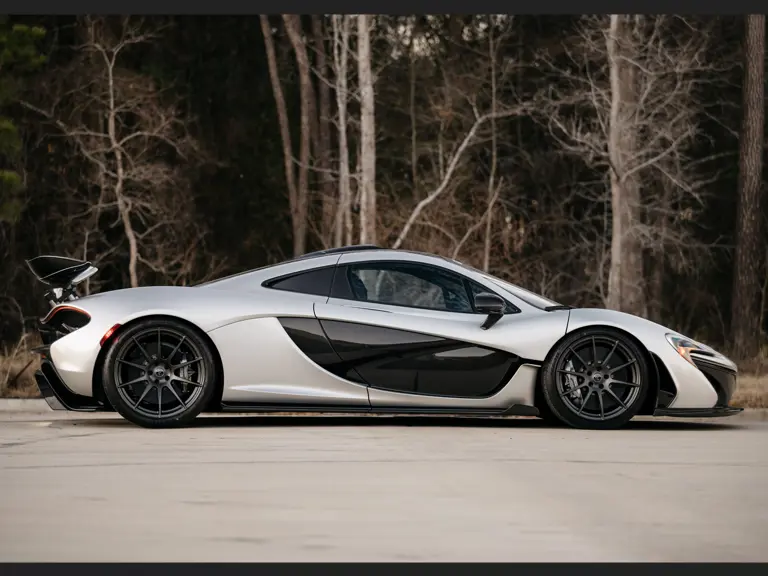
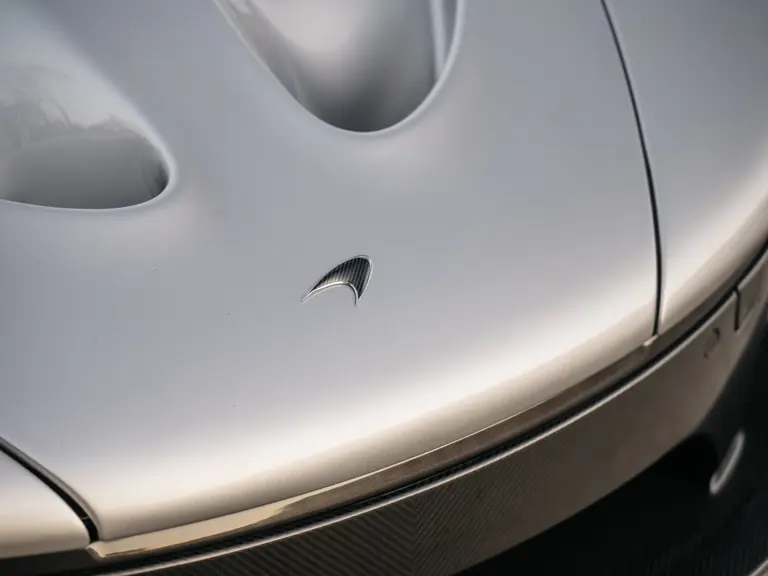


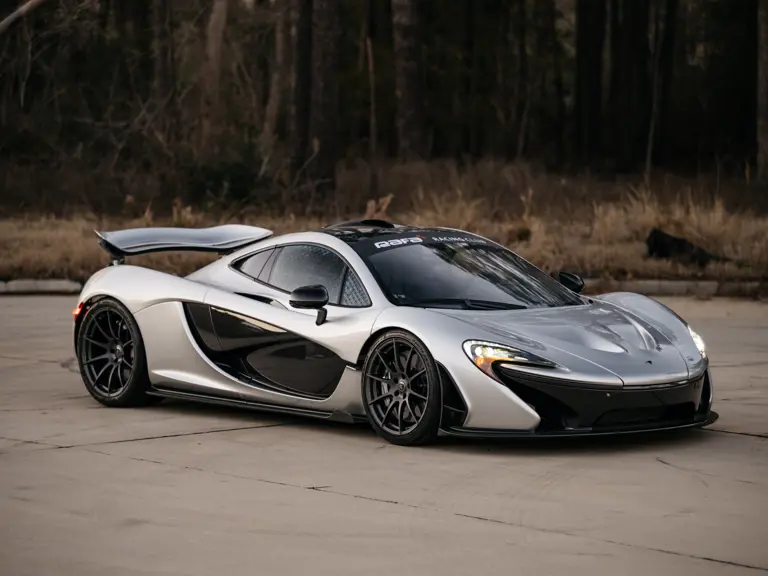
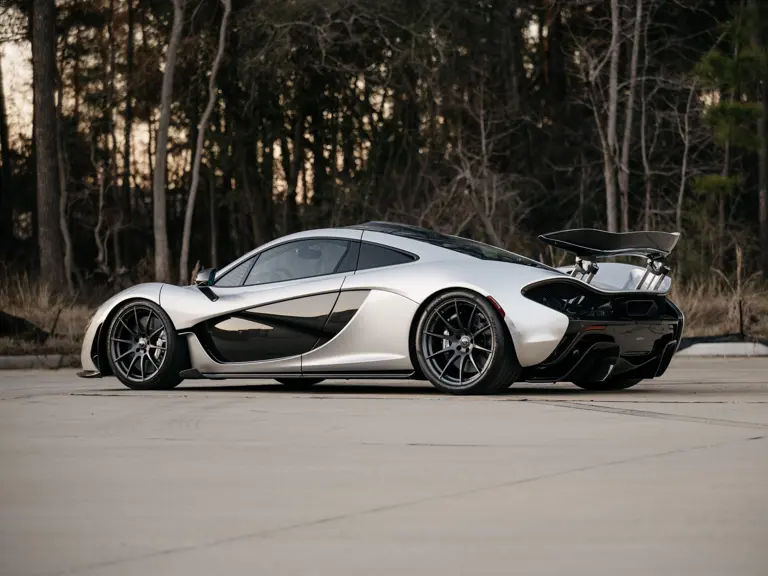

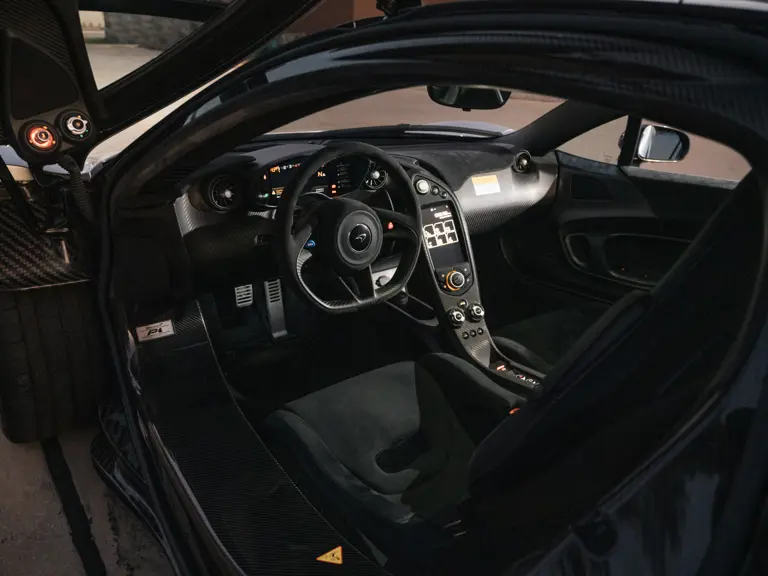
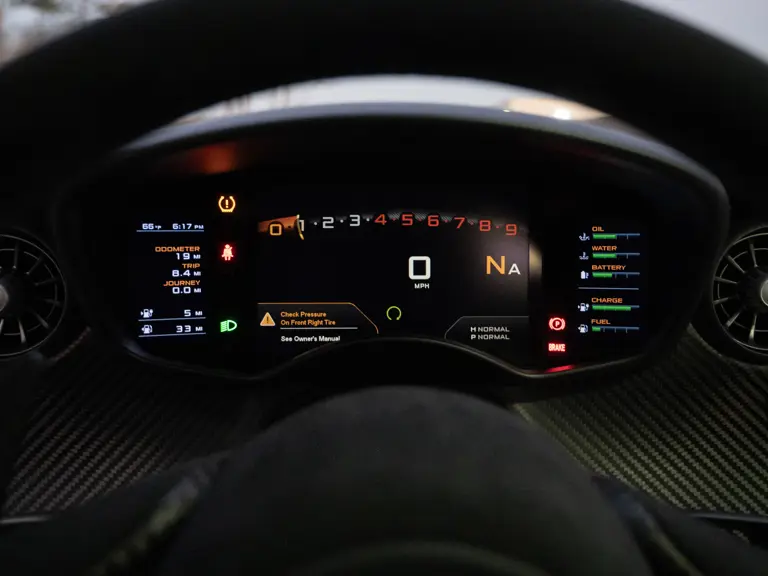
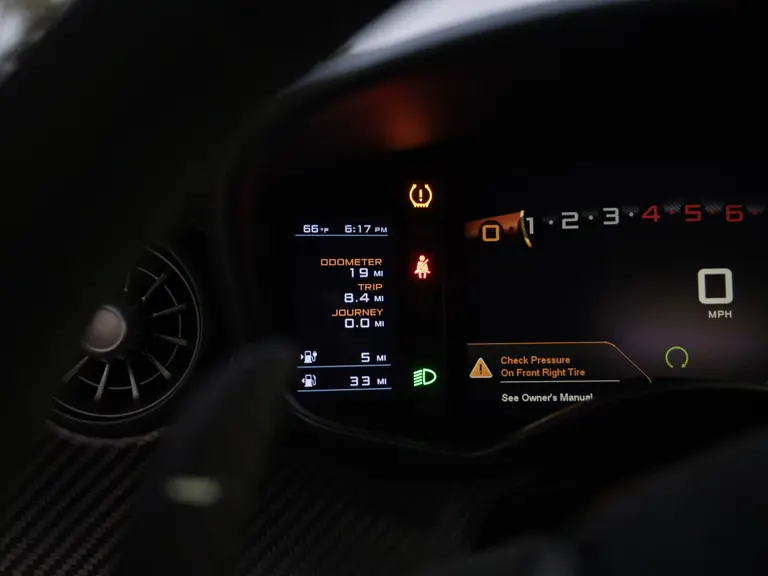
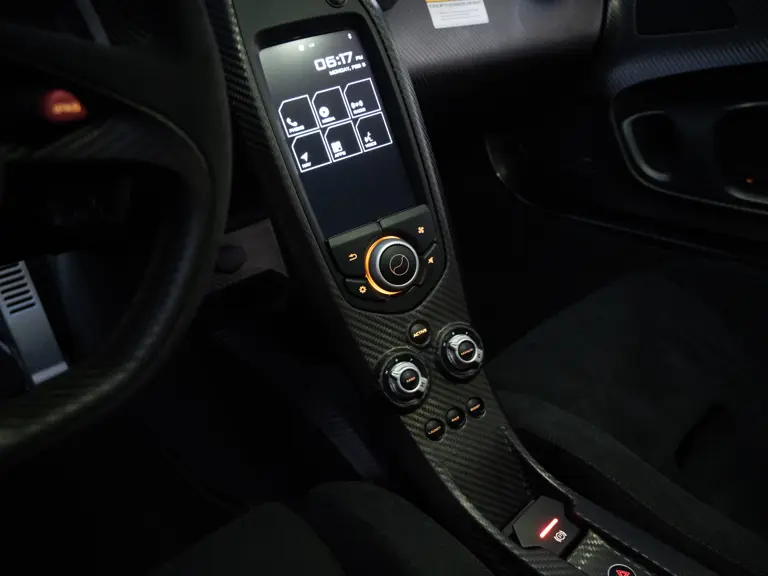
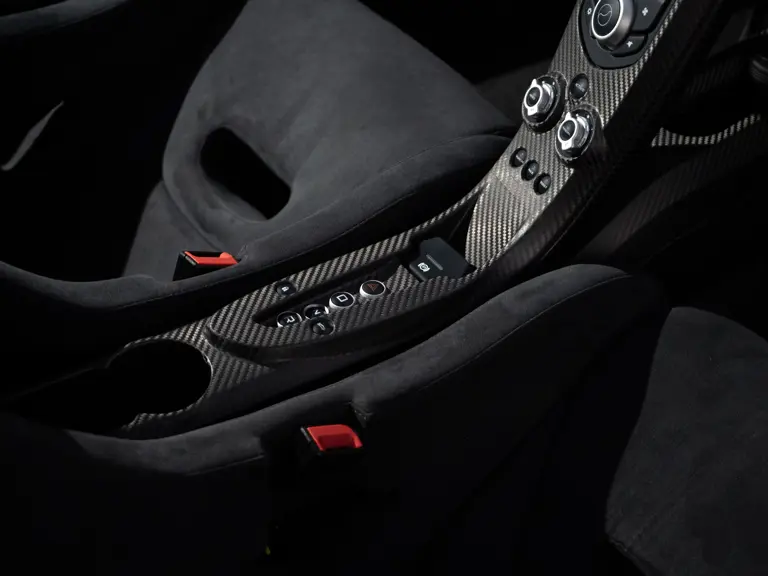
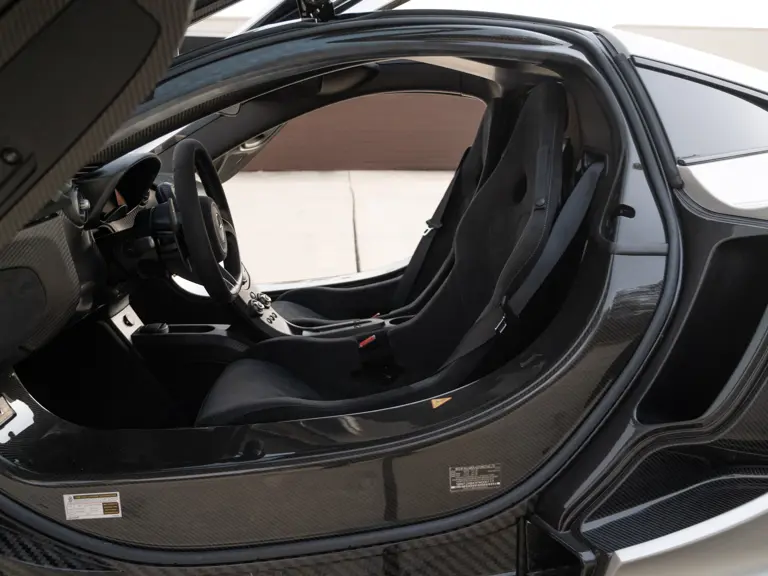
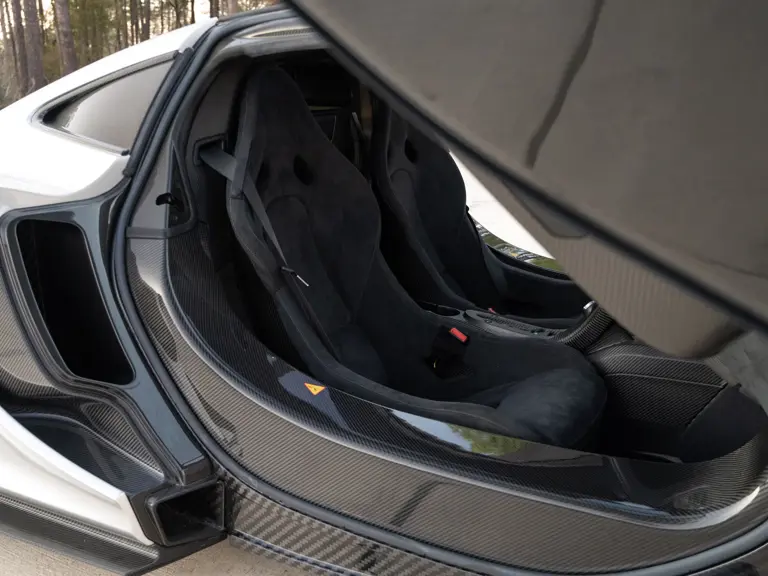
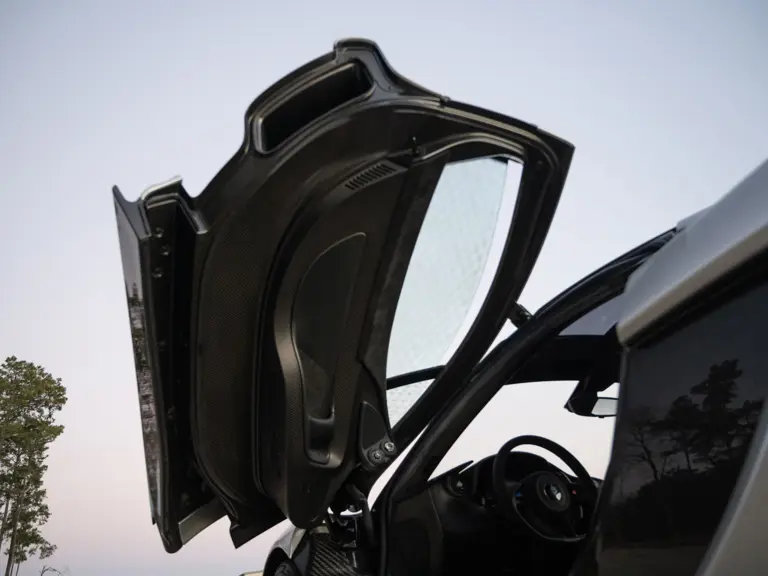
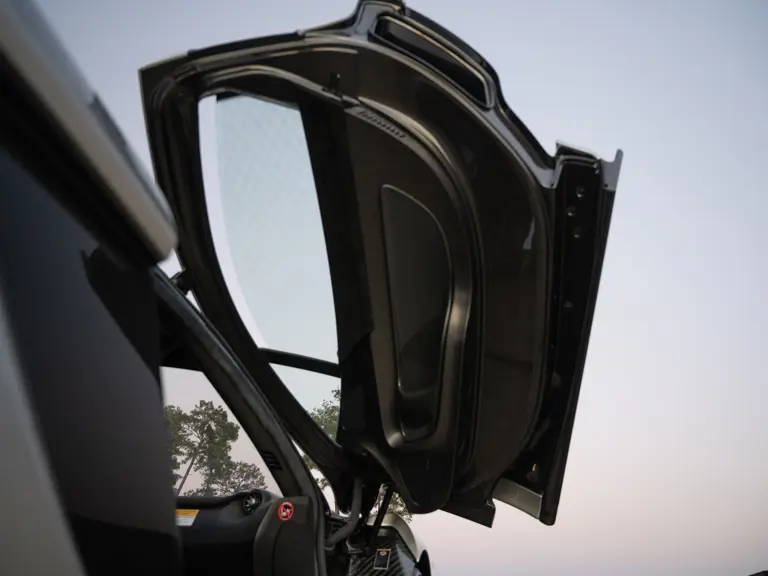

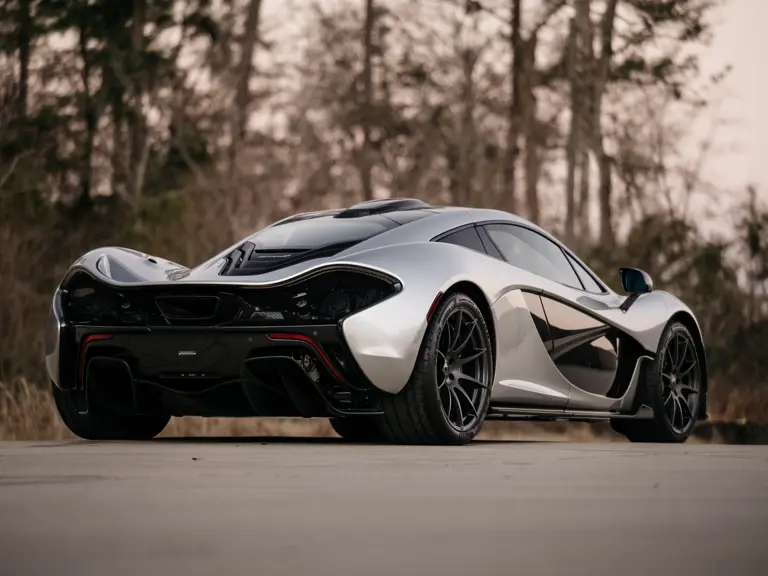
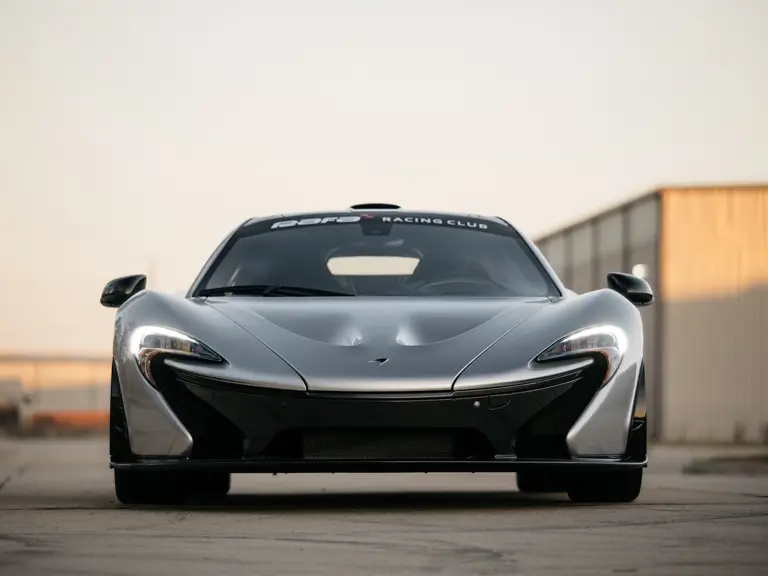
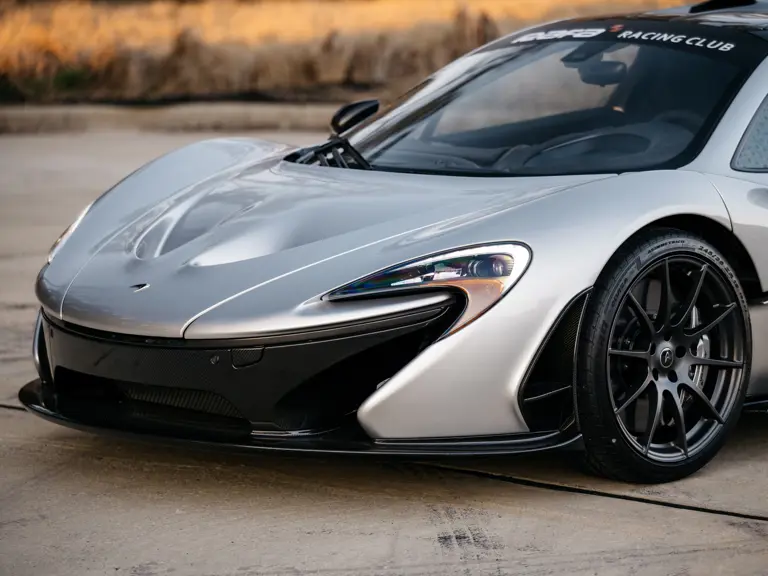


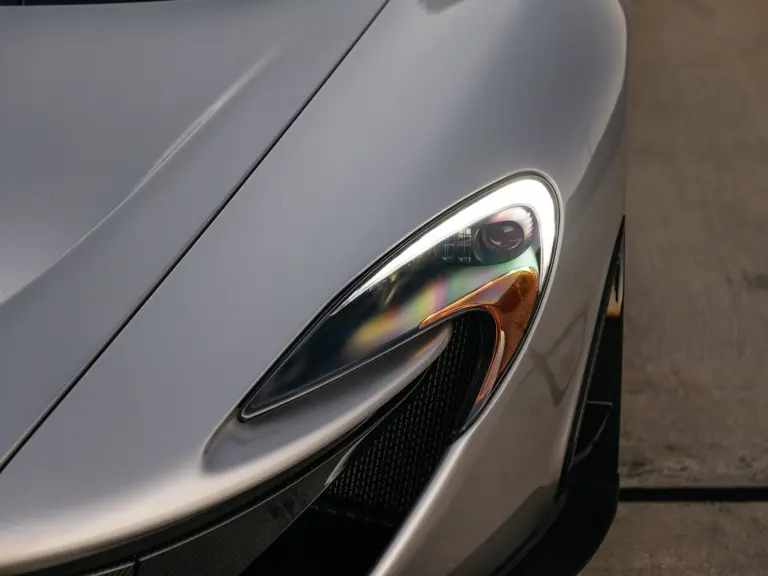
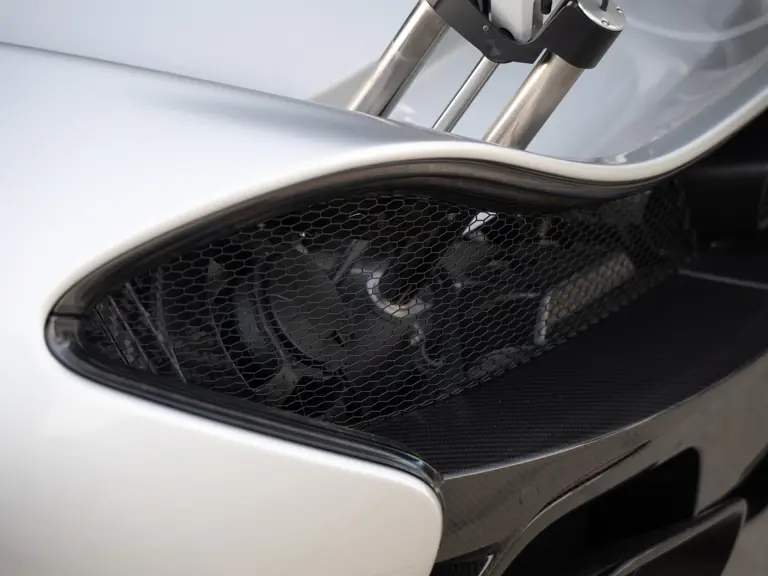
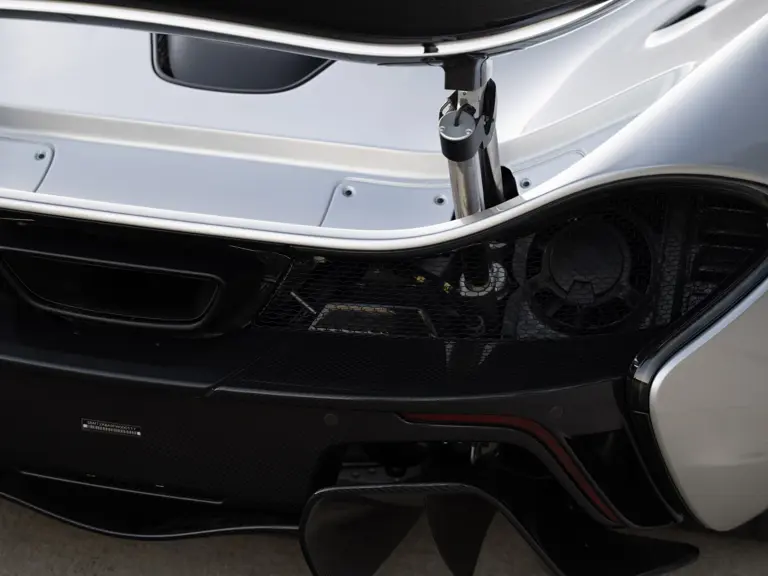

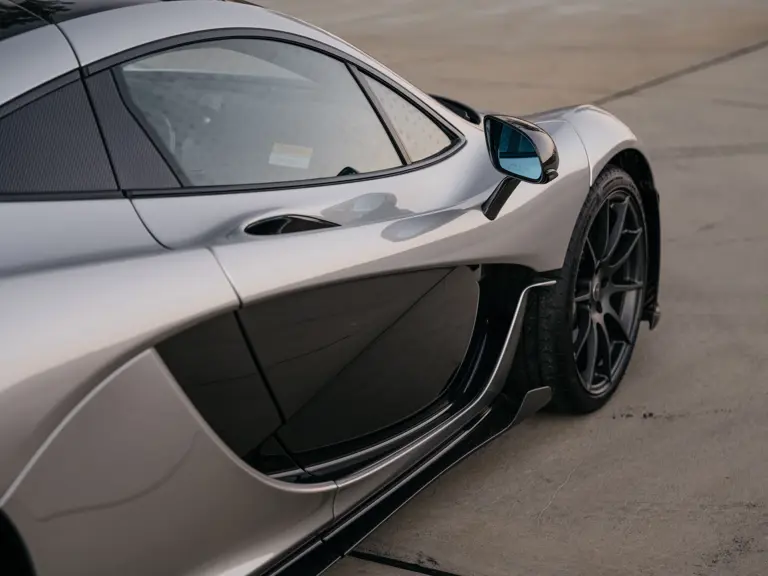
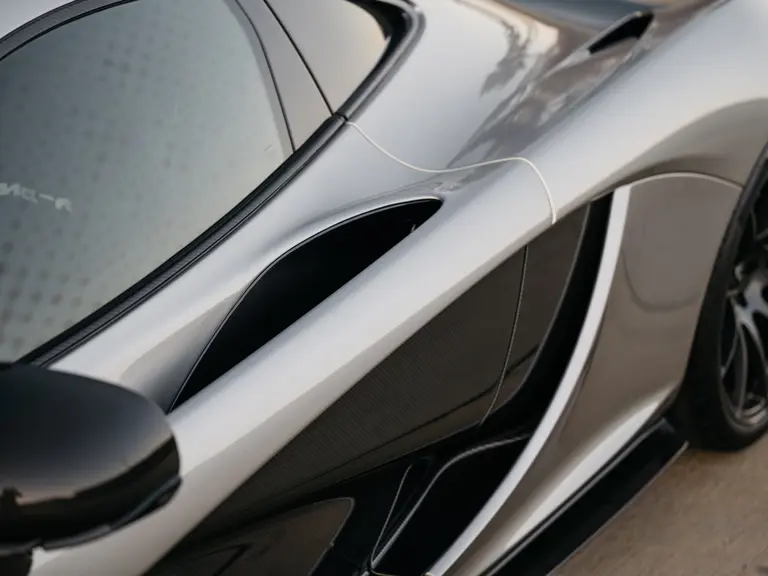
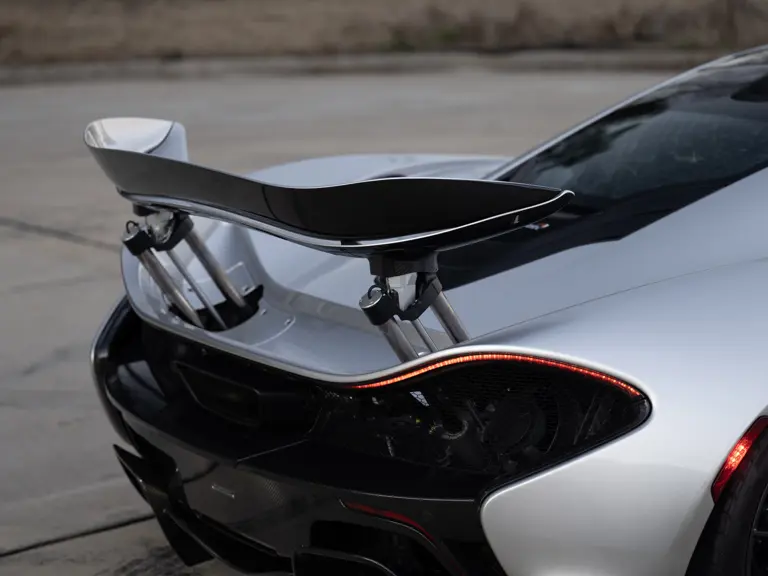
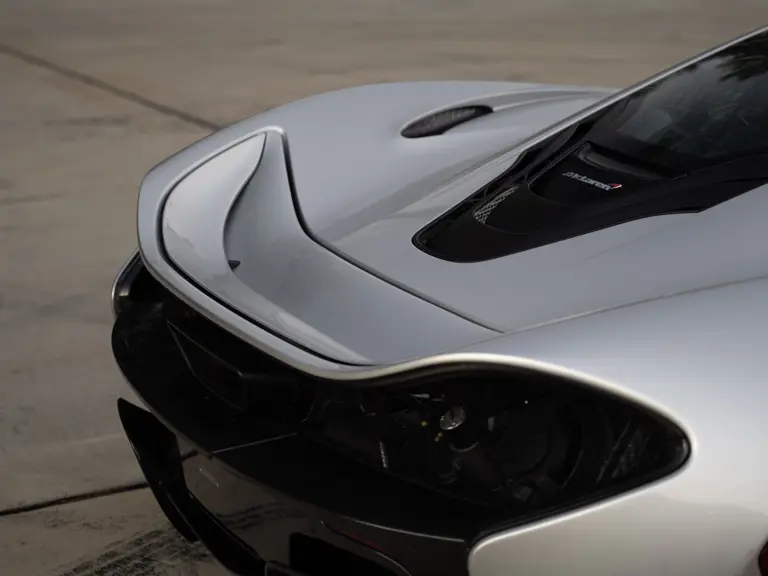
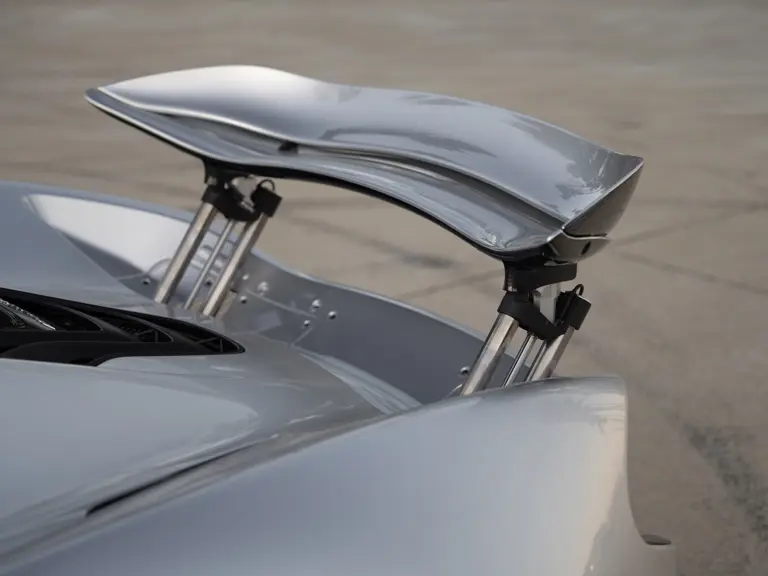

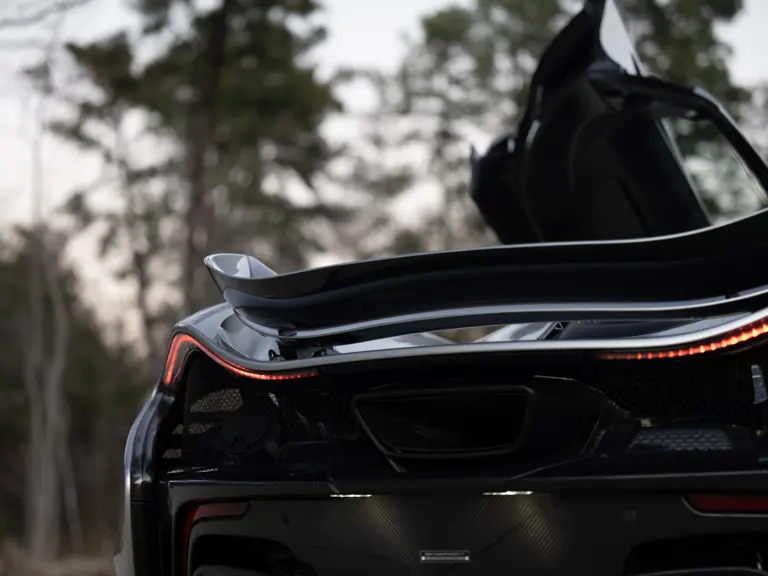
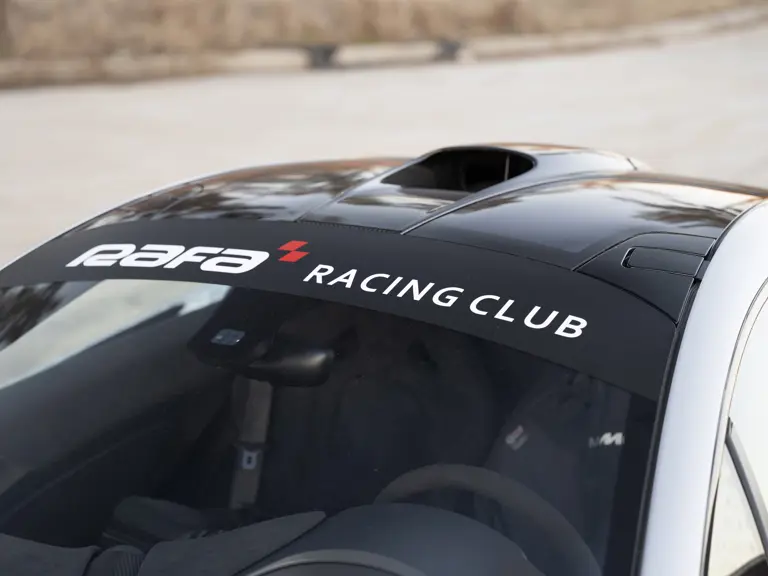


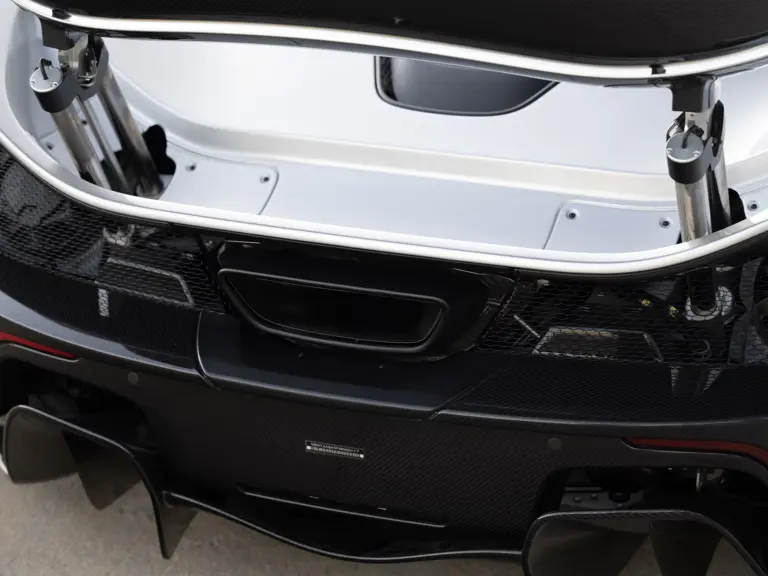
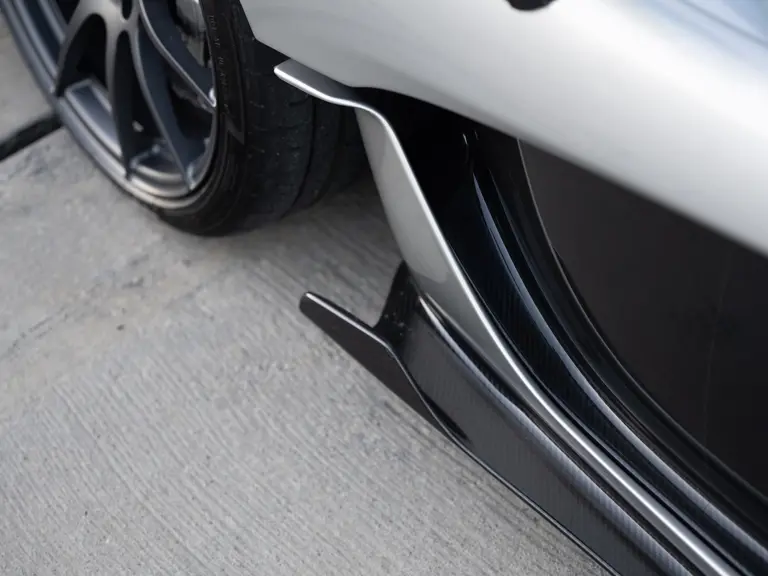
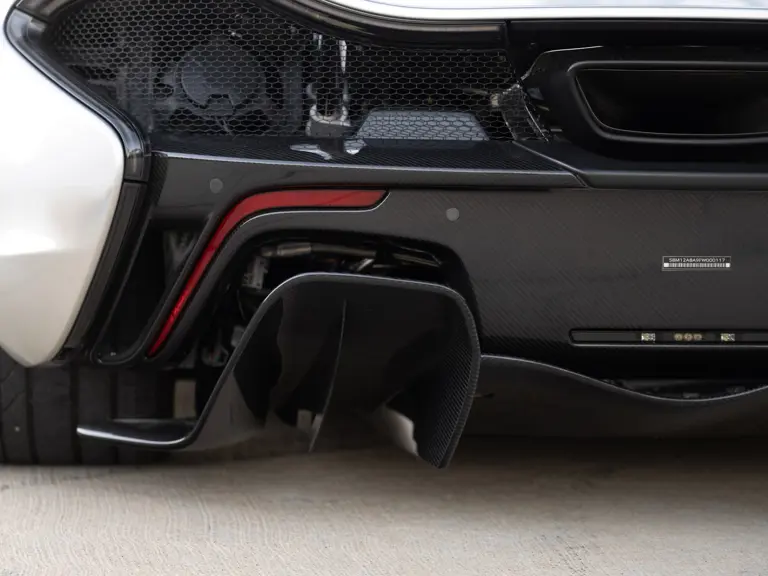

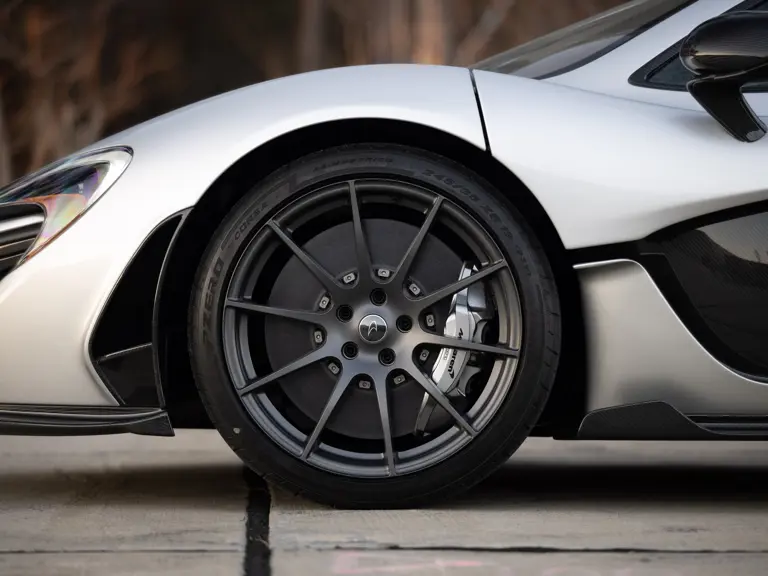
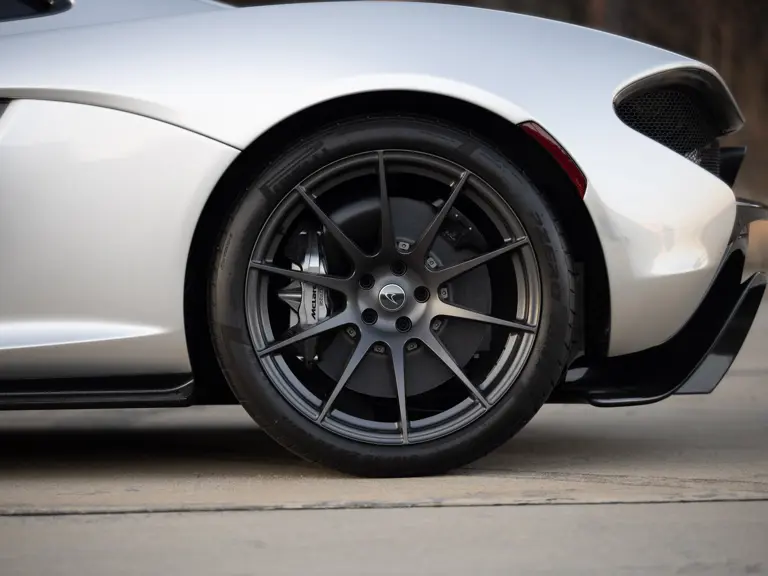
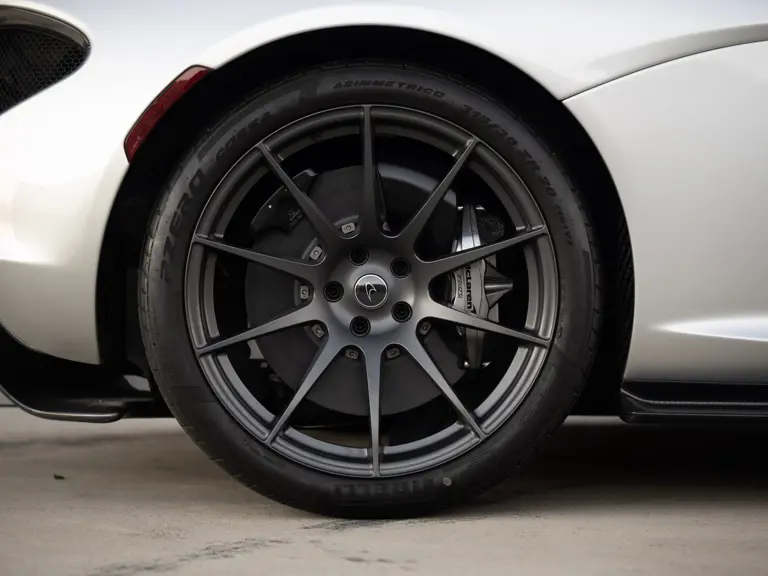
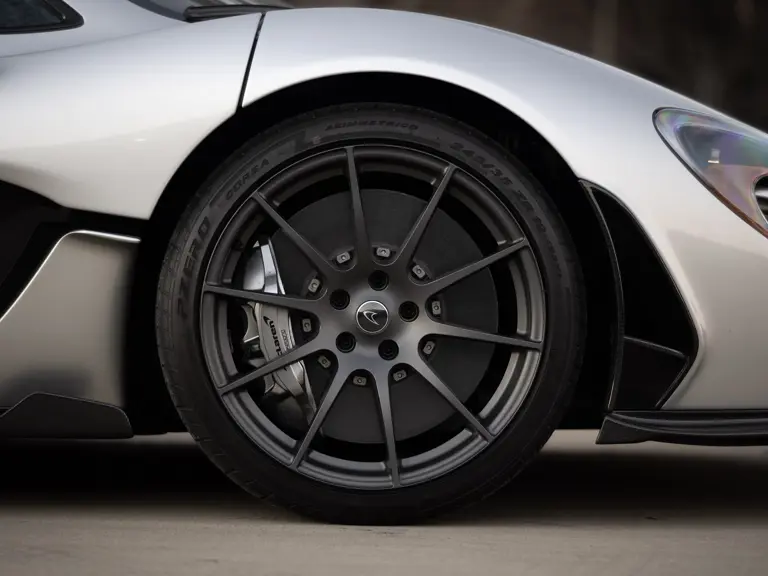
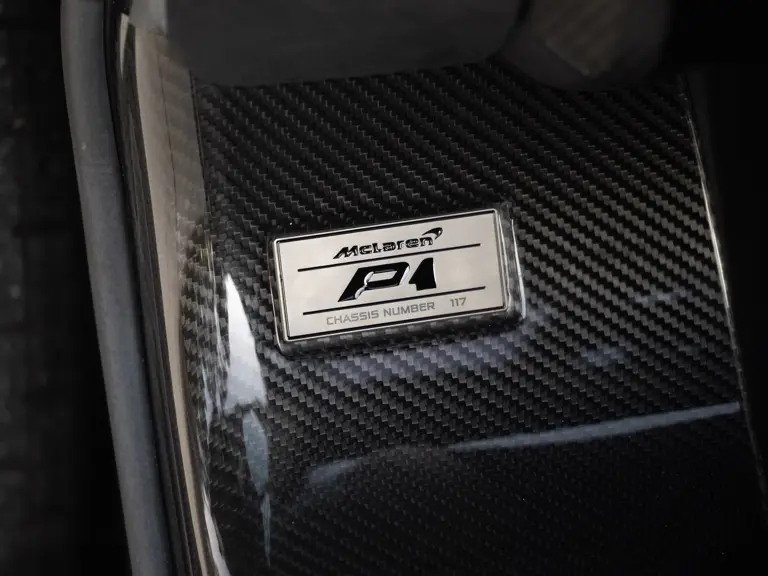
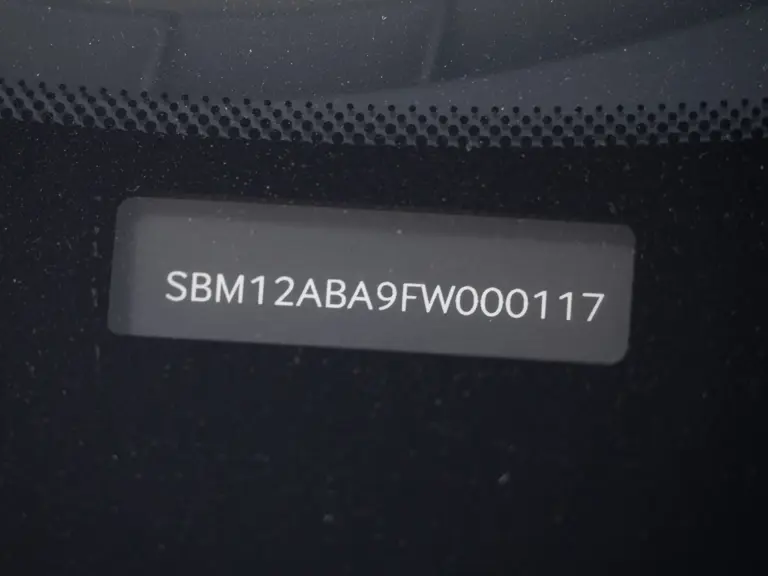
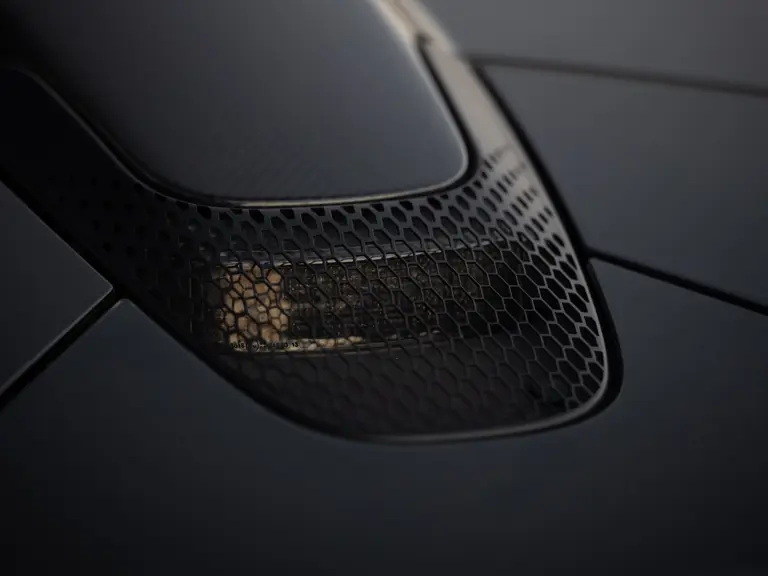
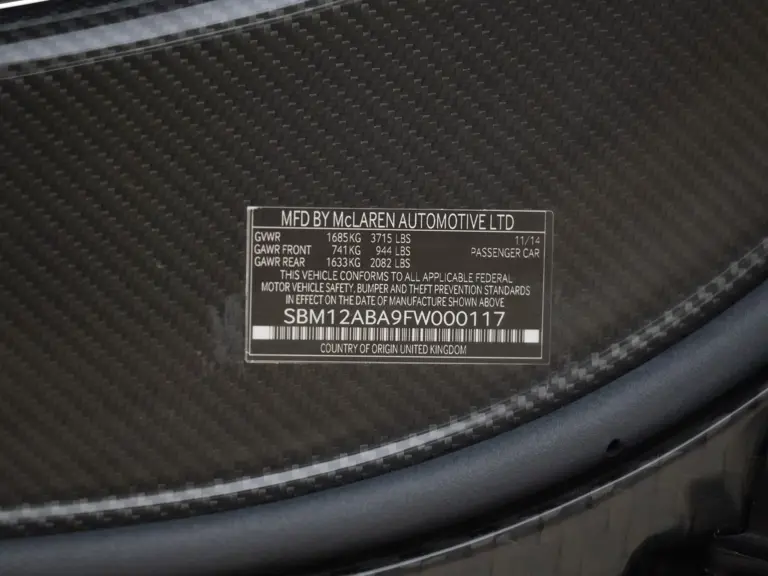

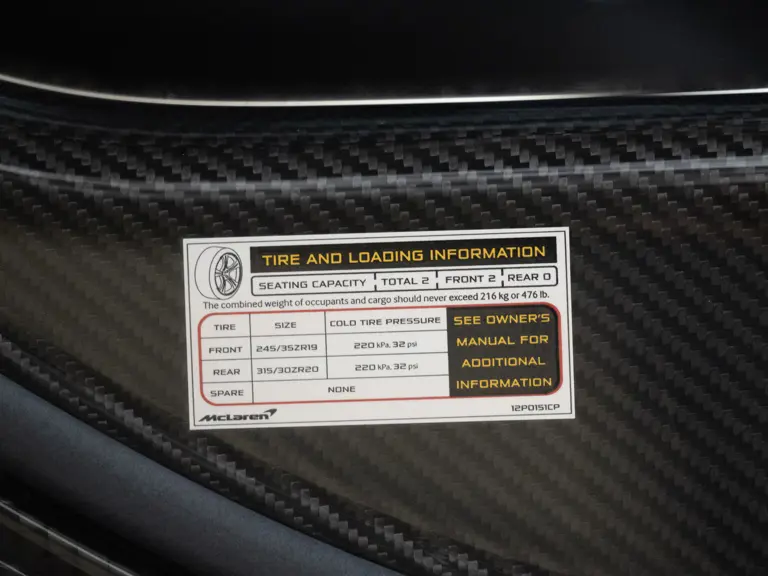



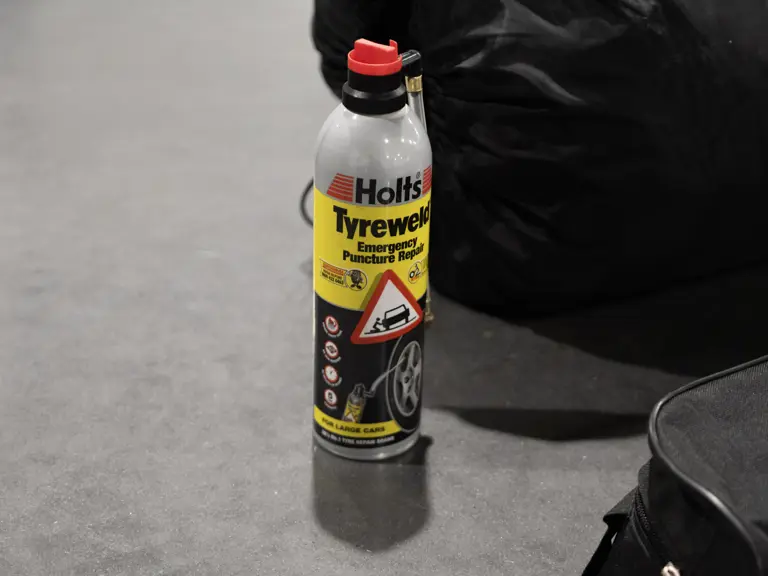

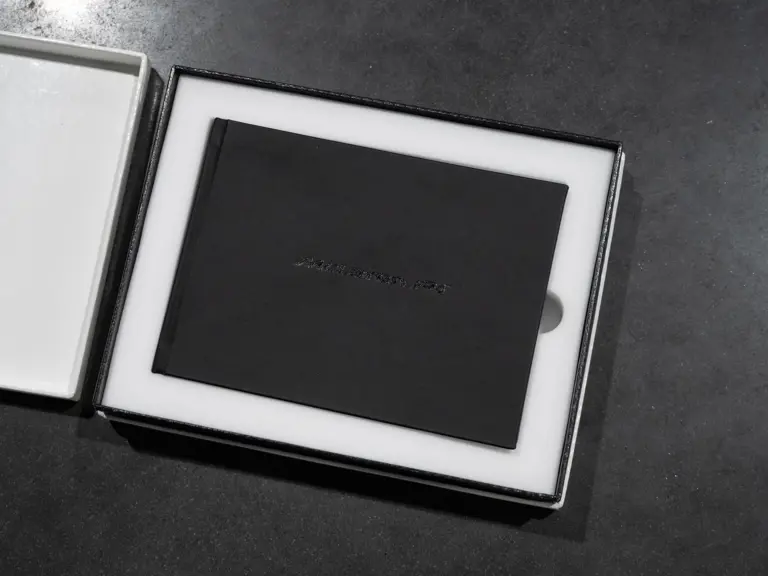

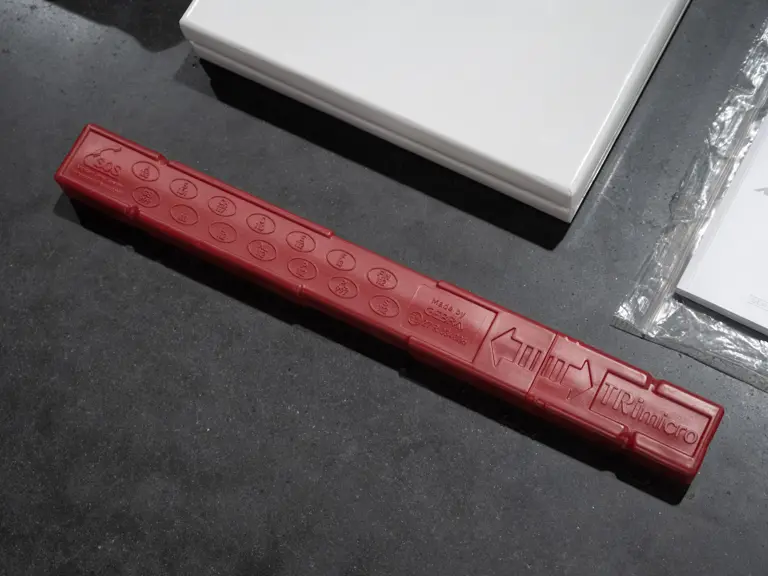
 | Coral Gables, Florida
| Coral Gables, Florida

